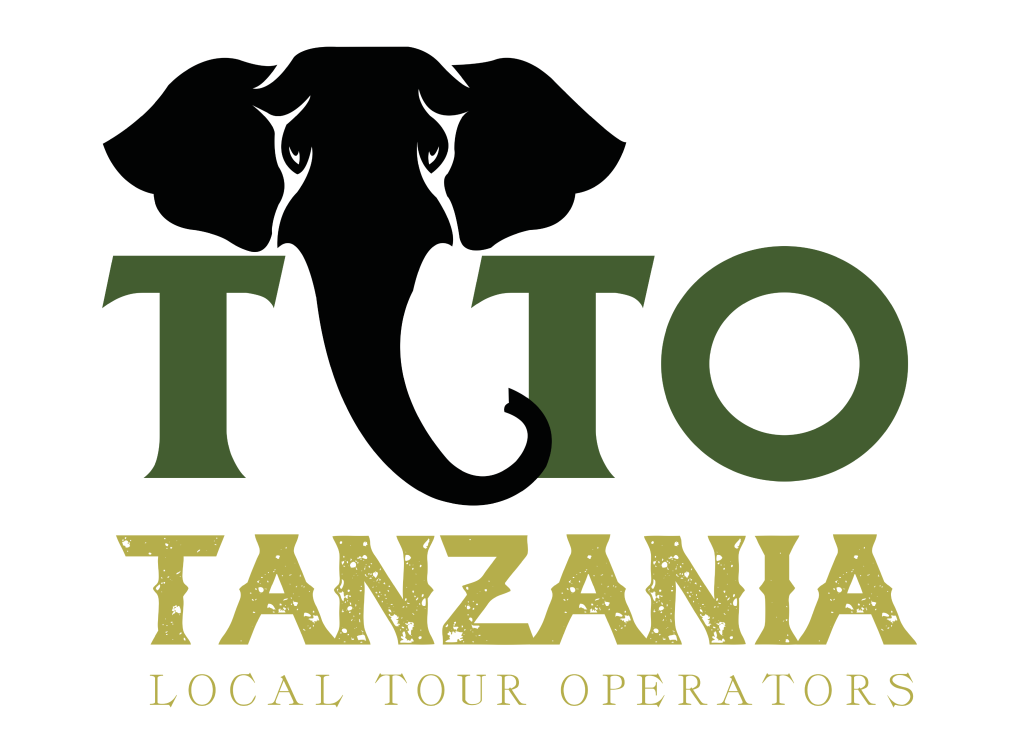The Ngorongoro Conservation Area runs from Serengeti National Park in the north to the Great Rift Valley in the east. The conservation area is more than 8,000 km2 in size (3,200 sq. miles). It is made up of the Ngorongoro Crater, Ndutu, Olduvai Gorge, Empakaai, Olmoti Crater, and Oldonyo Lengai Mountain
Conservation Area of Ngorongoro
Nestled within the dramatic landscapes of Tanzania, the Ngorongoro Crater is a geological marvel and a wildlife sanctuary of exceptional beauty. This natural wonder boasts a wealth of biodiversity, making it a must-visit destination for safari enthusiasts. In this guide, we’ll take you through what to see in the Ngorongoro Crater and the best time to plan your visit for an unforgettable experience.
What to See in the Ngorongoro Crater:
Spectacular Wildlife: The Ngorongoro Crater is often referred to as the “Eden of Africa” due to its high concentration of wildlife. As you descend into the crater, you’ll encounter an abundance of animals, including the Big Five (lion, leopard, elephant, buffalo, and rhinoceros). Zebras, wildebeests, hippos, and hyenas are also common sightings.
Ngorongoro’s Unique Geography: The crater’s distinct geography offers a breathtaking setting for your safari adventure. It is the world’s largest intact and unflooded volcanic caldera, with steep walls that enclose a 260-square-kilometer (100-square-mile) expanse. The varied habitats within the crater support diverse flora and fauna.
Lake Magadi: This central soda lake in the crater is a striking feature. It shimmers with a brilliant pink hue due to the abundance of flamingos that feed on its algae. It’s a picturesque spot for birdwatchers and photographers.
Olduvai Gorge: Located near the Ngorongoro Crater, the Olduvai Gorge is often called the “Cradle of Mankind.” It is an archaeological treasure trove, where some of the earliest human remains and tools were discovered, shedding light on our evolutionary history.
The Best Time to Visit the Ngorongoro Crater:
Dry Season (June to October):
- This is the most popular time to visit due to the pleasant weather and optimal wildlife viewing conditions.
- Wildlife congregates around the crater’s water sources, making it easier to spot animals.
- The dry season is ideal for photographers as the skies are clear, and vegetation is less dense.
Wet Season (November to May):
- The wet season brings lush greenery to the crater, creating a striking contrast against the crater’s walls.
- Birdwatchers will appreciate the influx of migratory birds.
- The months of January and February are calving season for wildebeests and zebras, offering a chance to witness newborns.
Choosing the Right Time for Your Visit:
- If you prioritize wildlife viewing and comfortable weather, opt for the dry season from June to October.
- If you prefer a quieter experience and are interested in the lush, green landscapes, consider the wet season from November to May.
- Note that April and May are the rainiest months, so roads may become impassable.
In conclusion, the Ngorongoro Crater is a world unto itself, offering an unparalleled safari experience and a glimpse into Tanzania’s rich natural and human history. The best time to visit depends on your interests and preferences, but regardless of when you choose to explore this natural wonder, the Ngorongoro Crater promises an adventure filled with breathtaking landscapes and awe-inspiring wildlife encounters.




